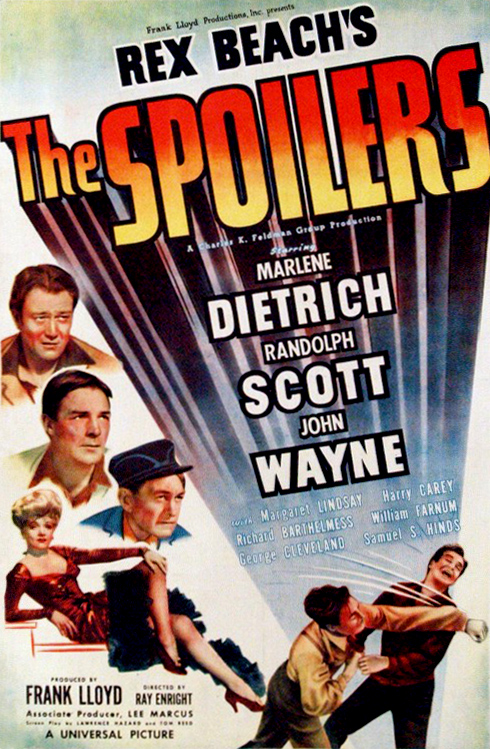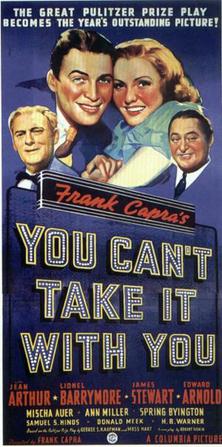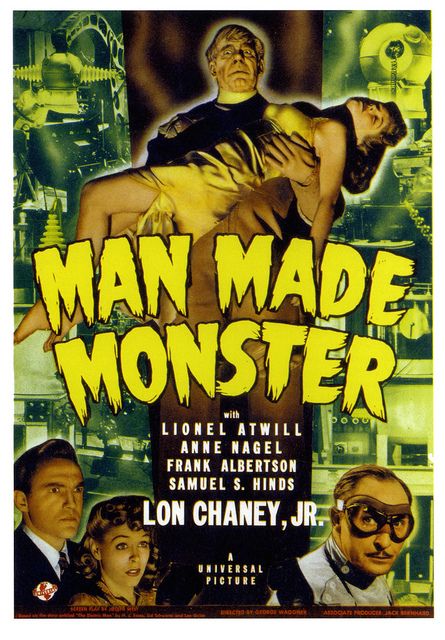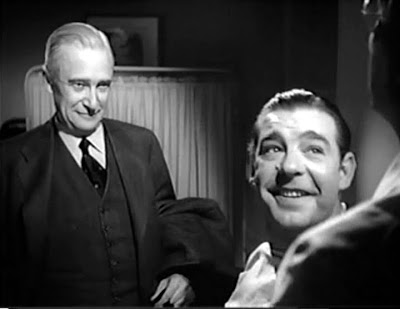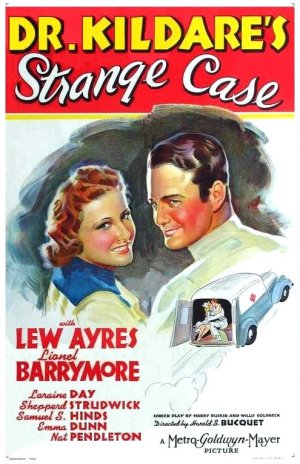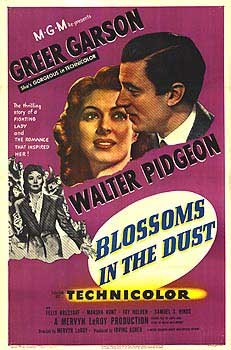The 1933 film, Lady For A Day, tells the story of Apple Annie (May Robson) and Dave the Dude (Warren William), who is perhaps the nicest gangster that you could ever hope to meet.
Of course, when I refer to Dave the Dude as being a gangster, I should make clear that he’s not the type of gangster who guns down his rivals or sells drugs in back alleys. I mean, I guess he might do that but we certainly don’t see much of evidence of it in the film. Instead, Dave is just a dapper gambler who travels with a bodyguard named Happy McGuire (Ned Sparks) and whose girlfriend, Missouri Martin (Glenda Farrell), owns a nightclub where, since this is a pre-code film, the acts are slightly racy but not excessively salacious. The country may be mired in a depression but Dave appears to be doing okay for himself. Yes, Dave may be a criminal but at least he’s honest about it.
Surviving the Depression has proven to be far more difficult for Apple Annie. She’s known as Apple Annie because she makes a meager living by selling fruit on the streets of New York City. Dave is one of her regular customers, as he believes that her apples bring him good luck. Annie has a daughter named Louise (Jean Parker). Louise has never met her mother, having spent the majority of her life in a Spanish convict. Annie regularly steals stationary from a high class hotel so that she can sends letters to Louise. Not wanting her daughter to be ashamed of her, Annie has always presented herself as being a rich woman named Mrs. E. Worthington Manville.
However, it now appears that Annie’s charade is about to be exposed. Louise is coming to New York with her fiance, Carlos (Barry Norton) and her prospective father-in-law, Count Romero (Walter Connolly). Annie knows that when the Louise arrives, she’s going to discover that her mother is not wealthy and that the marriage will probably be called off. So, led by Dave, Annie’s customers conspire to fool Louise into believing that her mother really is a member of high society. And if that means that Dave is going to have to not only kidnap (but, let’s be clear, not harm) three nosy reporters and then make a deal with not just the mayor but also the governor to pull of the deception, that’s exactly what he’s going to do.
Though it may be disguised as a sweet and rather simple comedy, Lady For A Day is actually a rather melancholy little film. Even when Annie and her friends are pretending to be wealthy members of high society, the film is aware that their escape from reality is only temporary. Eventually, they’ll have to return to the reality of being poor in 1930s America. At heart, it’s a sad story but May Robson, Warren William, Glenda Farrell, and Guy Kibbee (who plays the pool hustler who is recruited to pretend to be Annie’s husband) all bring such sincerity to their roles that you can’t help but smile while watching it. Rejected by “polite” society, Annie and her friends have formed a community of outsiders and, throughout the film, the audience is happy that, no matter what, they have each other.
Lady for a Day was the first Frank Capra film to ever be nominated for Best Picture. Capra was also nominated, for the first time, for best director but he had the misfortune to be competing with Frank Lloyd, who directed Cavalcade. At the awards ceremony, when host Will Rogers, announced the winner for best director, he said, “Come on up here, Frank!” An excited Capra ran down to the podium, just to discover that Rogers had actually been talking to Frank Lloyd. Rogers, seeing what had happened, quickly invited the other nominated director, Little Women‘s George Cukor, to come join Lloyd and Capra at the podium. Fortunately, one year later, Capra would win the directing Oscar for It Happened One Night.
Cavalcade would go on to win Best Picture but Capra retained so much affection for Lady For A Day that it was the only one of his films that he would subsequently remake. A Pocketful Of Miracles came out in 1961 and featured Bette Davis in the lead role. It would be Capra’s final theatrical film.

